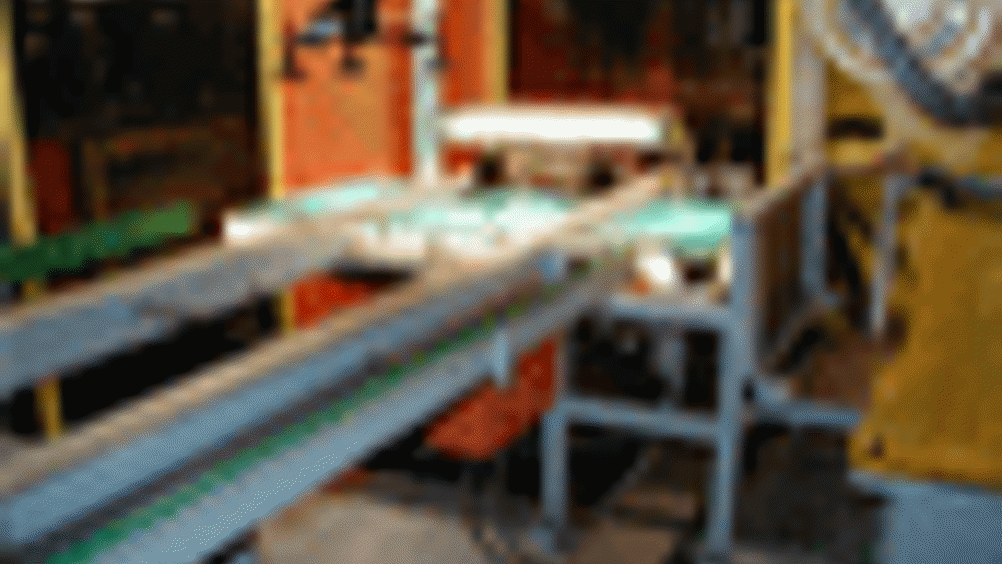Nissan benefit from Cognex vision

At one of the most productive automotive manufacturing plants in Europe, accuracy and reliability at all points on the production line are of paramount importance.
The issue Nissan faced was that the existing mechanical centraliser could not cope with the new glass sizes for two its key vehicles. The centraliser locates at six points around the edge of the glass and consistently locates it to a known ’central’ location in preparation for the next stage of the production process. Therefore it was imperative that the new vision system would not only provide accurate information for the two new models, but also that it would adapt easily to future product developments.
With all these elements in mind, Nissan approached Capley Marker who was chosen to supply the system for a number of key reasons. They had previously installed 5 cameras at Nissan and converted a separate line to Cognex In-Sight cameras; Nissan were extremely satisfied with the level of support received through the existing relationship and finally, Capley is an approved Cognex PSI (Partner System Integrator).
Register now to continue reading
Thanks for visiting The Engineer. You’ve now reached your monthly limit of news stories. Register for free to unlock unlimited access to all of our news coverage, as well as premium content including opinion, in-depth features and special reports.
Benefits of registering
-
In-depth insights and coverage of key emerging trends
-
Unrestricted access to special reports throughout the year
-
Daily technology news delivered straight to your inbox










Water Sector Talent Exodus Could Cripple The Sector
Maybe if things are essential for the running of a country and we want to pay a fair price we should be running these utilities on a not for profit...